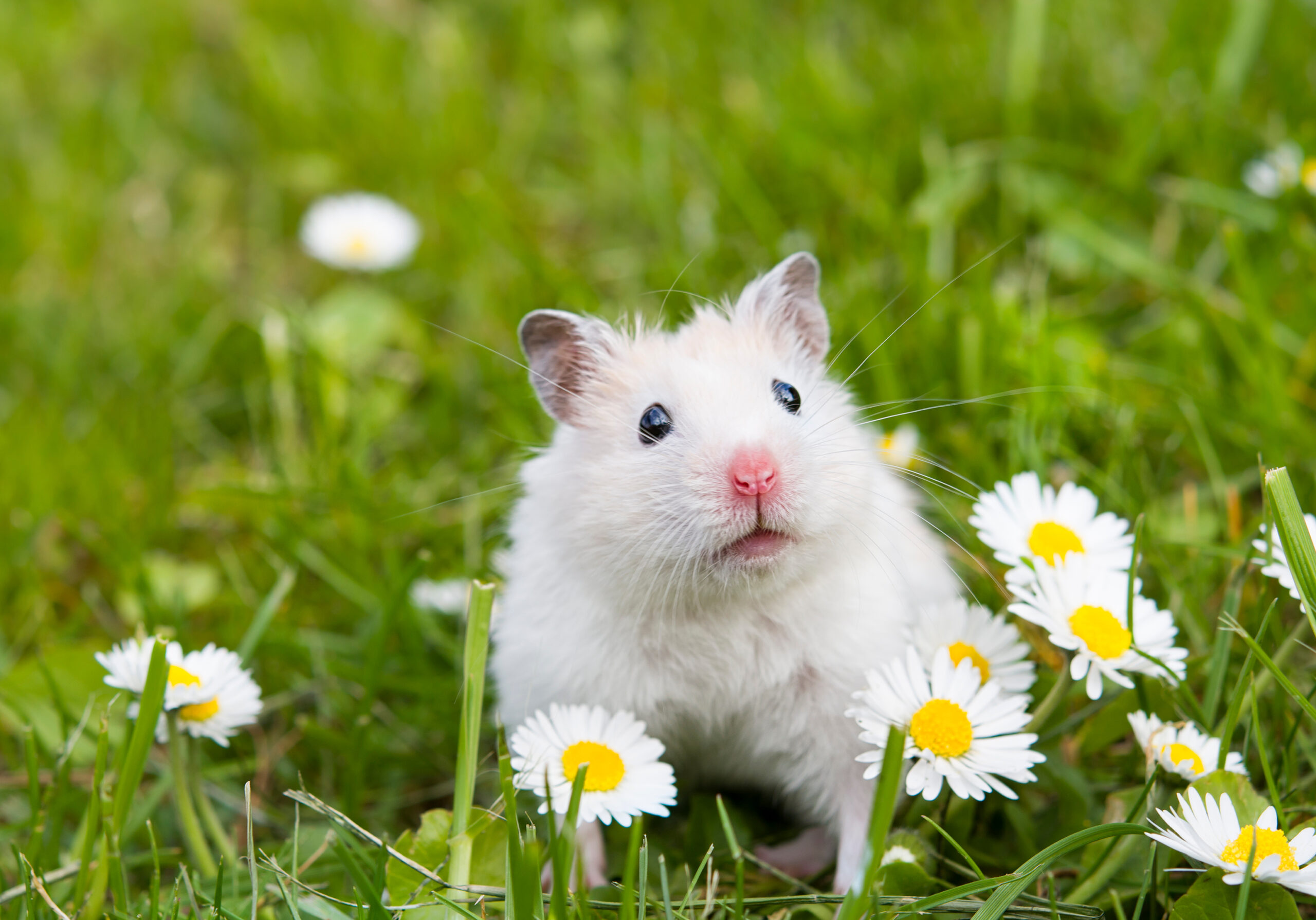Hamsters are more than just adorable little furballs. Delve into the world of these intriguing creatures as we explore a collection of fascinating facts. From their habits and habitats to surprising historical tales, each fact uncovers a different aspect of hamster life that many might not be aware of.
Whether you’re a new hamster owner or a seasoned enthusiast, there’s always something new to discover about these captivating pets. Prepare to be amazed and informed as we present a unique compilation of hamster facts.
1. Cheek Pouches
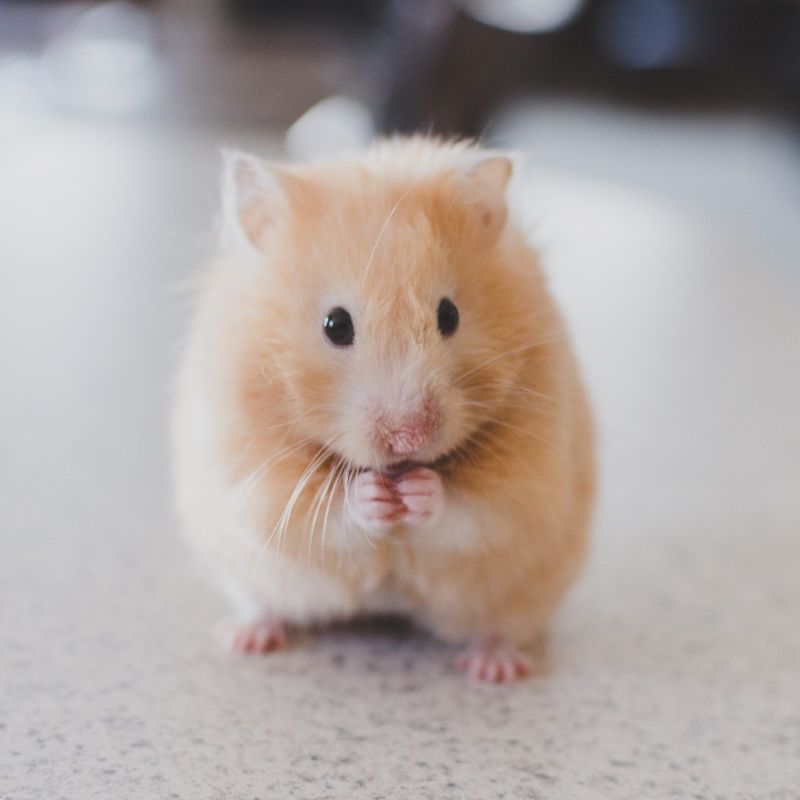
Hamsters possess unique cheek pouches that extend from their cheeks to their shoulders, making it possible for them to carry a substantial amount of food at once. These elastic pouches are not used just for storing food; they also serve as a tool for transporting bedding and even their young in the wild.
It’s fascinating to see how much a hamster can fit into its cheeks. Additionally, owners often observe the cute sight of their pet’s cheeks bulging with food. In their natural habitats, these cheek pouches are invaluable, helping hamsters to hoard food efficiently.
This behavior is instinctive, ensuring they have enough supplies, particularly when resources are scarce. For domestic hamsters, filled cheek pouches are a sign they might be preparing to stow away some snacks. Interestingly, female hamsters may sometimes use their pouches to protect their offspring if threatened, showcasing the versatility of this unique anatomical feature.
2. The First Hamsters In Captivity
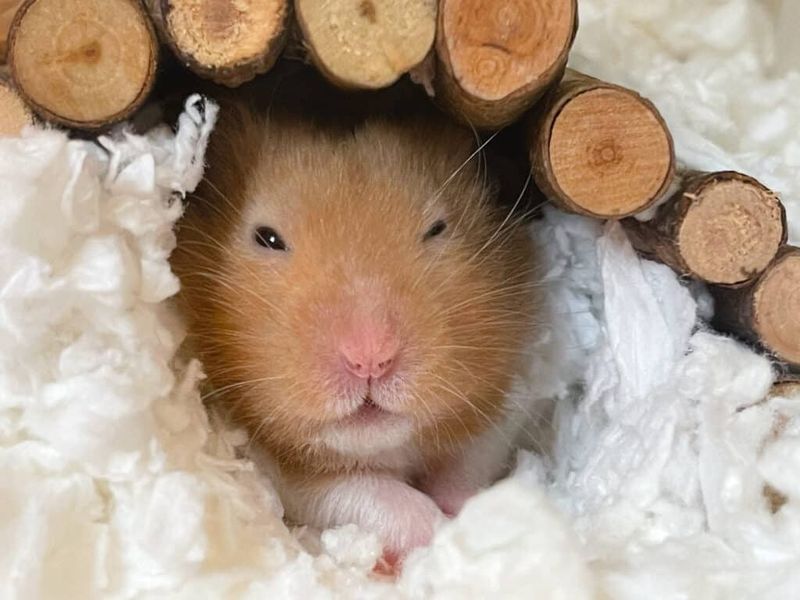
The journey of hamsters as pets began in the 1930s when the first Syrian hamsters were captured in Aleppo, Syria. These creatures were then bred in captivity, marking the start of their domestication.
The original purpose of capturing these hamsters was for scientific research, particularly in the fields of genetics and medicine. In a matter of decades, these hamsters transitioned from research subjects to household pets, thanks to their appealing appearance and manageable size.
The success in breeding them in captivity led to widespread adoption across various countries. With their easy-to-care-for nature, they quickly became popular among families, serving as both research animals and beloved pets.
Today, Syrian hamsters, also known as golden hamsters, remain a favorite among pet owners worldwide, all tracing back to this initial capture and breeding program. Most of all, they are some of the best small pets for kids!
3. Nocturnal Nature
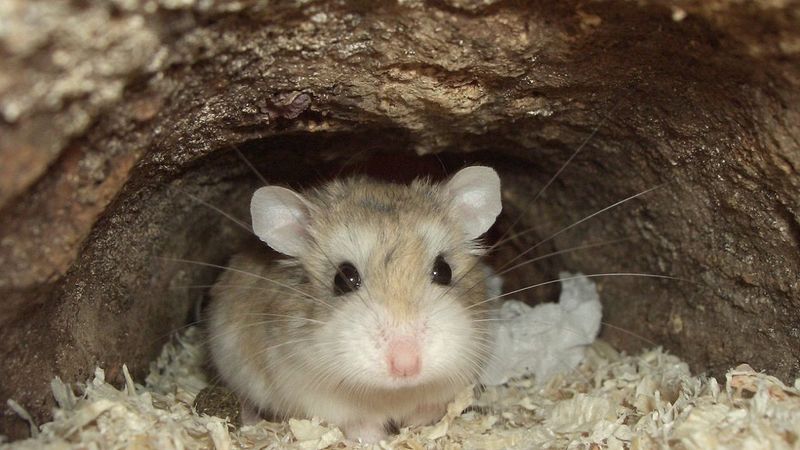
Unlike many domestic pets, hamsters are predominantly nocturnal. This means they are most active during the night, when they spend their time exploring, foraging, and exercising. This nocturnal behavior is rooted in their wild ancestors, who needed to avoid daytime predators in their natural desert environments.
For new hamster owners, it might be surprising to hear their pet running on a wheel or rustling through bedding at odd hours. Providing a suitable environment that supports this nocturnal activity can help maintain their wellbeing. Interestingly, this night-time activity is crucial for their physical health and mental stimulation.
Ensuring they have engaging toys and ample space to move around will keep them happy and healthy. Despite being creatures of the night, hamsters can adapt to human schedules to some extent, though their nocturnal instincts remain strong.
4. Variety In Species
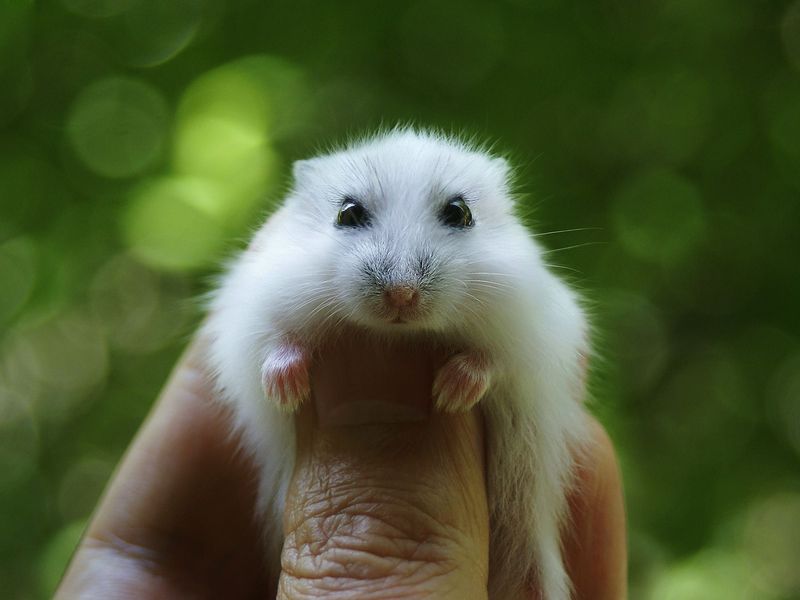
Hamsters aren’t a one-size-fits-all pet; there are several species, each with its distinct characteristics. The Syrian hamster is perhaps the most known, renowned for its larger size and solitary nature. In contrast, dwarf hamsters, which include species like Campbell’s and Roborovski, are smaller and often more social, sometimes living in pairs or groups.
Chinese hamsters, although not technically classified as dwarf hamsters, are another popular species, known for their lengthier tails compared to other types. Understanding the differences in these species is crucial for potential owners, as their care requirements and social needs can vary significantly.
Whether it’s the striking golden coat of a Syrian or the diminutive size of a Roborovski, each hamster species offers a unique charm. Choosing the right species can enhance the pet-owning experience, ensuring both the owner and pet enjoy a harmonious living arrangement.
5. Incredible Memory
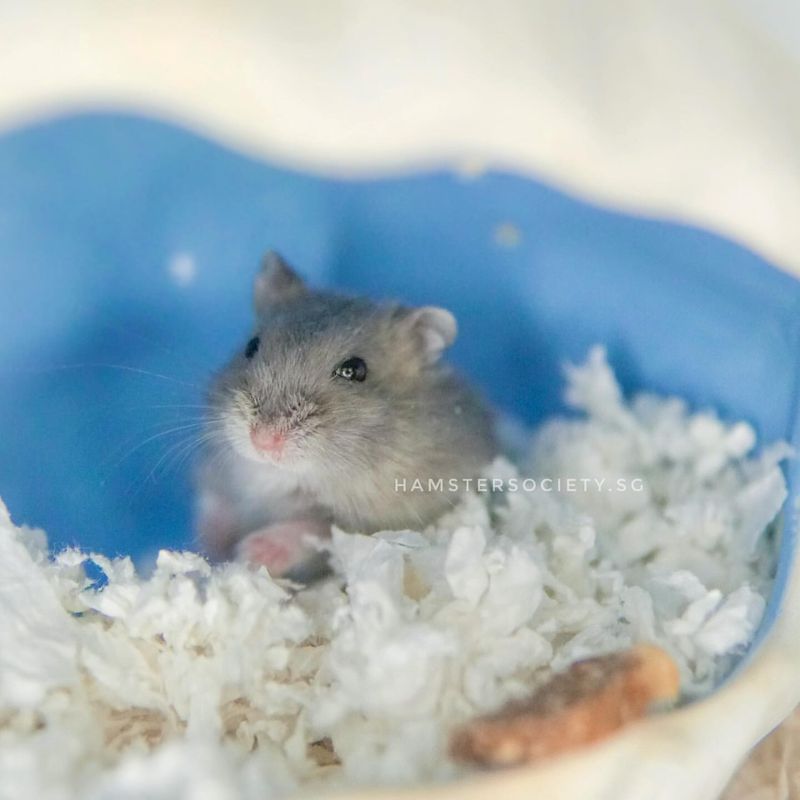
Hamsters boast an impressive memory, which aids them in navigating their habitats and remembering food locations. This cognitive ability allows them to map out their environment effectively, ensuring they can find their way back to their burrows or food stashes.
It’s a fascinating aspect of their behavior that many pet owners might not fully appreciate. Research has shown that hamsters can remember the layout of mazes and can quickly learn new paths when placed in unfamiliar settings. This mental agility ensures they adapt well even when their living spaces change.
For pet owners, this memory means that hamsters will remember the regular routines and feeding times, which can be comforting for the animals. Ensuring a consistent environment can help them thrive, as changes, though navigable, can be stressful. Their memory serves as a testament to their intelligence and adaptability.
6. Dental Growth

Hamsters have teeth that continuously grow throughout their lives, a trait shared with other rodents. To manage this constant growth, they must gnaw on hard materials regularly. This behavior prevents their teeth from becoming too long, which could lead to health issues and difficulties in eating.
Providing appropriate chew toys and materials is essential for maintaining a hamster’s dental health, ensuring they can wear down their teeth naturally. Without these opportunities, their teeth might grow excessively, leading to discomfort or injury.
Observant owners will often see their pets engaging in this gnawing behavior, which is not just natural but necessary for their wellbeing. Regularly checking their teeth and providing fresh chewing options can protect against dental problems, making it a key aspect of hamster care.
7. Unique Communication
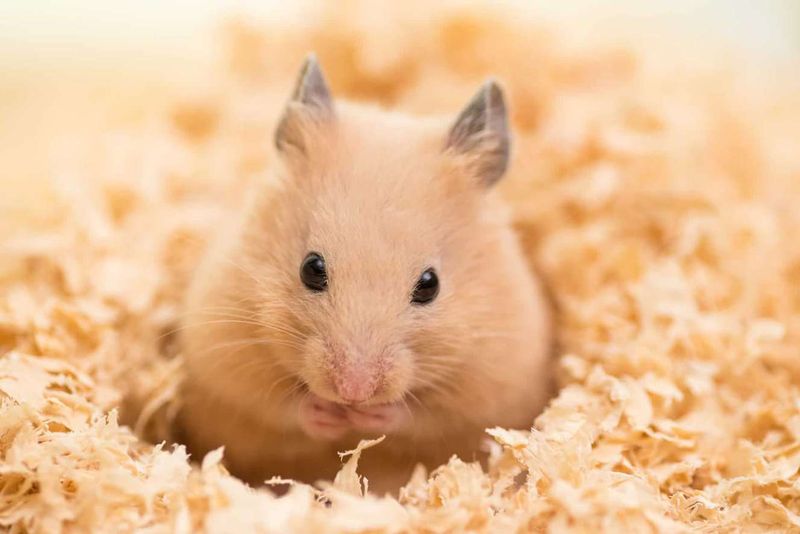
Communication among hamsters is as unique as their personalities. Although they don’t rely on vocal sounds as humans do, they use a variety of squeaks, chirps, and body language to convey their feelings and intentions.
These sounds can indicate a range of emotions, from contentment and curiosity to distress or aggression. Observing their interactions, especially in species that can cohabit, provides insights into their social dynamics.
Beyond sounds, hamsters use body language like standing on their hind legs, grooming, or even specific postures to communicate. Understanding these cues is crucial for pet owners to ensure their hamsters are comfortable and content in their environment.
8. Burrowing Instinct
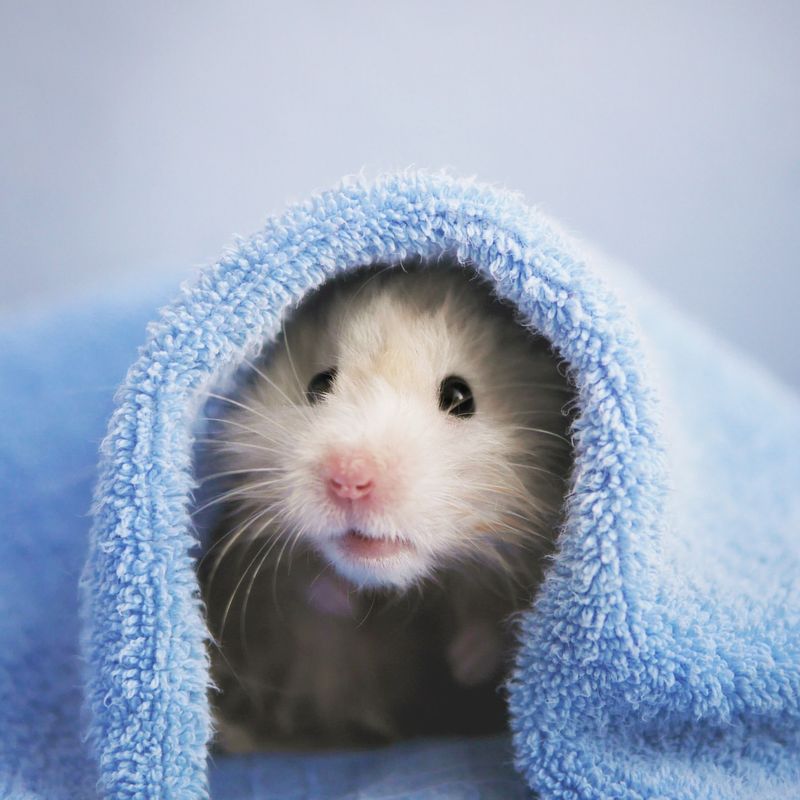
The instinct to burrow is deeply ingrained in hamsters, a behavior that traces back to their wild ancestors. In their natural habitats, burrowing serves several purposes, including protection from predators, shelter from extreme temperatures, and a safe space for storing food.
This instinct is evident even in domesticated hamsters, who will often dig through their bedding to create intricate tunnel networks. Providing ample bedding material allows them to express this natural behavior, contributing to their overall wellbeing.
In captivity, owners can encourage this instinct by offering deep bedding and safe digging materials, which not only enrich their environment but also mimic their natural habitats. Watching a hamster burrow can be a delightful experience, revealing their industrious nature and need for physical and mental stimulation.
9. Hamsters In Space

In the 1960s, hamsters played an unexpected role in space research. They were among the first animals sent into space to study the effects of space travel on living organisms. Their participation in these experiments helped scientists understand more about the physiological changes that occur in a non-terrestrial environment.
The resilience and adaptability of hamsters made them suitable candidates for these missions. They endured the challenges of space travel, providing valuable data that contributed to the development of human space exploration.
While details about their specific experiences are not widely documented, the fact that these small creatures ventured beyond Earth is a testament to their robustness. This lesser-known chapter in space exploration history showcases the diverse roles animals have played in advancing scientific knowledge.
10. Great Escape Artists
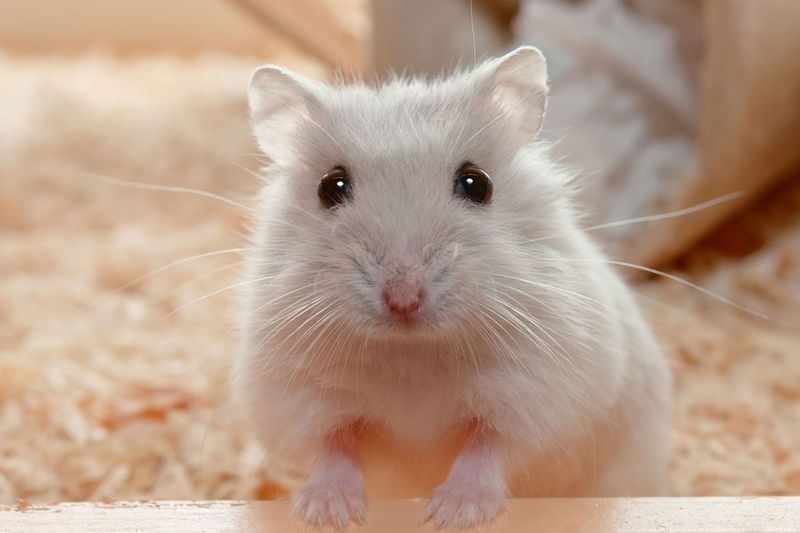
Hamsters are notorious for their escape artist skills. Their small size, combined with surprising agility, allows them to slip through tiny gaps in their enclosures. Owners often find themselves needing to hamster-proof their cages to prevent these clever pets from embarking on unplanned adventures.
Understanding their penchant for exploration can help prevent escapes. Secure cages with tight-fitting lids and small bar spacing are crucial to keeping them safe. Once out, hamsters can quickly disappear into small crevices, making retrieval a challenge. For the curious hamster, escaping might be just another way to explore their surroundings.
While amusing, ensuring their safety is paramount. By anticipating their escape attempts and reinforcing enclosures, owners can enjoy the antics of their pets without the worry of them getting lost.
11. Short Lifespan
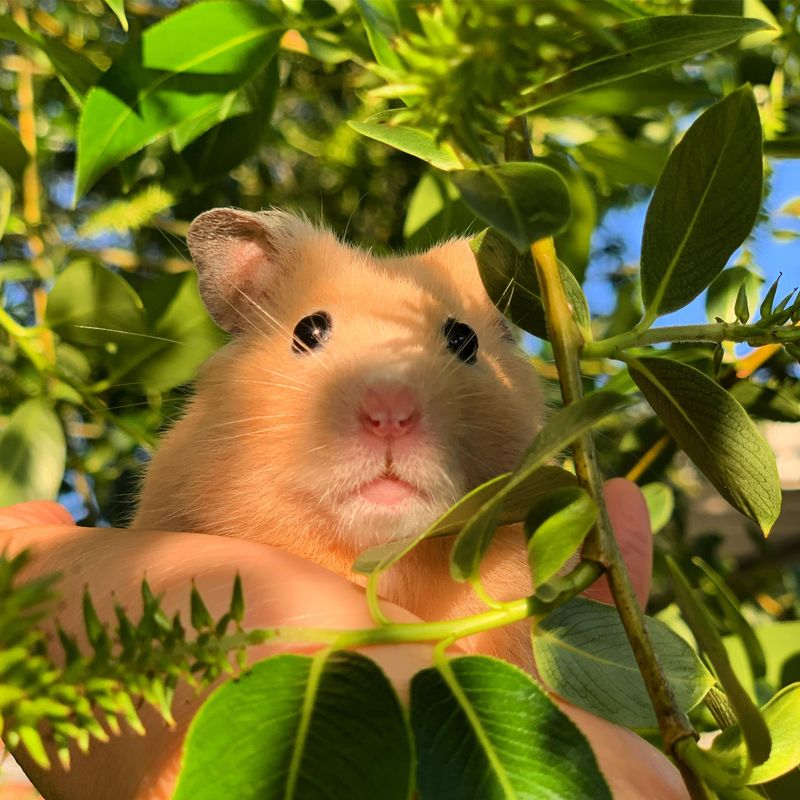
Hamsters, though delightful companions, have relatively short lifespans, averaging between 2 to 3 years. This brief period means that pet owners should cherish every moment they have with their furry friends. Their short life expectancy is primarily due to their rapid maturation and high metabolic rates.
Understanding this aspect of hamster life can help owners provide the best care possible, focusing on quality time and ensuring a fulfilling existence. Regular health checks and a balanced diet can also contribute to a healthier, longer life. Despite their short lifespan, hamsters leave a lasting impact on their owners, offering companionship and entertainment.
Embracing their fleeting nature encourages a deeper appreciation of their playful and affectionate moments, making each day with them truly special.
12. Dietary Needs
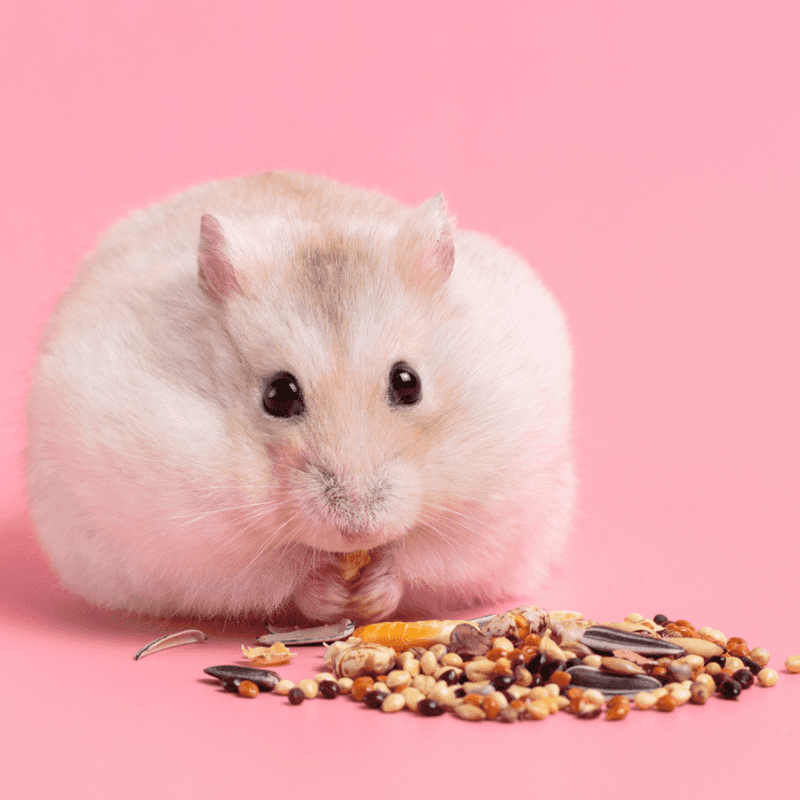
The dietary needs of hamsters are as varied as their personalities. A balanced diet is crucial, consisting primarily of hamster pellets, fresh vegetables, and occasional fruits. Seeds and grains also form a part of their diet, but should be given in moderation to prevent obesity.
Providing a diverse diet ensures they receive all necessary nutrients, contributing to their overall health and vitality. Regularly rotating their food options can also prevent boredom and encourage healthy eating habits.
Owners should be cautious about the foods that are harmful to hamsters, such as chocolate, caffeine, and certain raw vegetables. Being informed about these dietary restrictions is vital for their safety. By catering to their nutritional needs, owners can help their pets thrive, leading to a happier and healthier life.
13. Solitary Nature
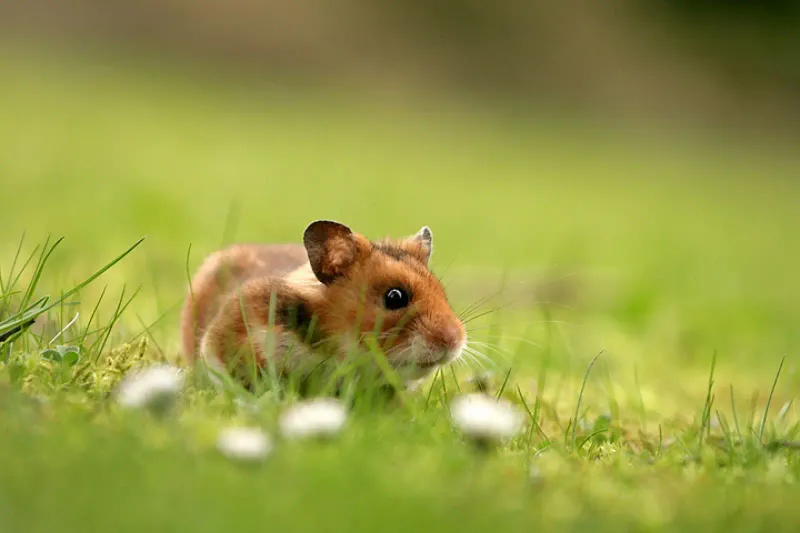
While some hamster species can live together, many are solitary by nature, particularly the Syrian hamster. This solitary behavior is deeply rooted in their instincts, as they are territorial animals that prefer to have their own space. For prospective hamster owners, understanding this behavior is essential to avoid conflicts.
Providing separate enclosures for hamsters is crucial, especially for adult Syrians, to prevent aggressive encounters. These pets thrive when given personal territory, free from the stress of cohabiting. In contrast, some dwarf hamster species can cohabit peacefully if introduced at a young age, although they still require careful monitoring.
Respecting their need for solitude ensures a more content and healthy pet, minimizing stress and promoting natural behaviors.
14. Sensitive Hearing
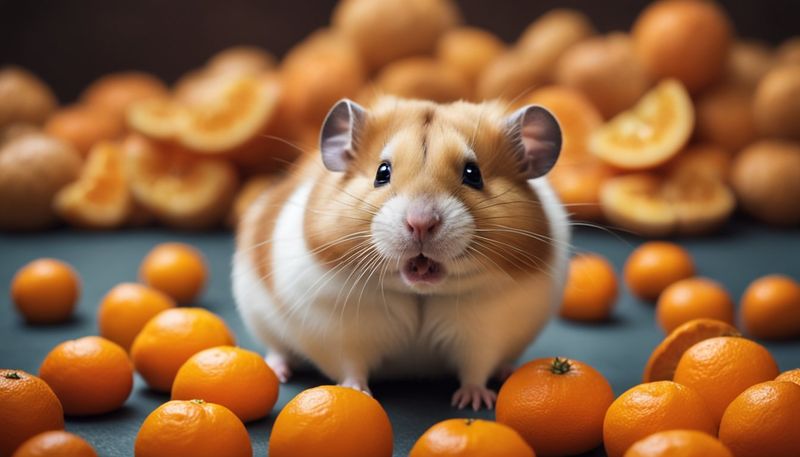
Hamsters have an acute sense of hearing that helps them detect predators in the wild. Their large ears are finely tuned to pick up even the slightest sounds, allowing them to respond quickly to any potential threats. In a domestic setting, this sensitivity means that loud noises can be stressful for them.
Ensuring a calm and quiet environment is beneficial, protecting them from unnecessary stress and helping them feel secure. Their hearing also plays a role in communication, as they can discern subtle vocalizations and sounds made by other hamsters.
As a pet owner, being mindful of noise levels near their habitat can contribute to a more peaceful and comfortable living space for these sensitive creatures.

